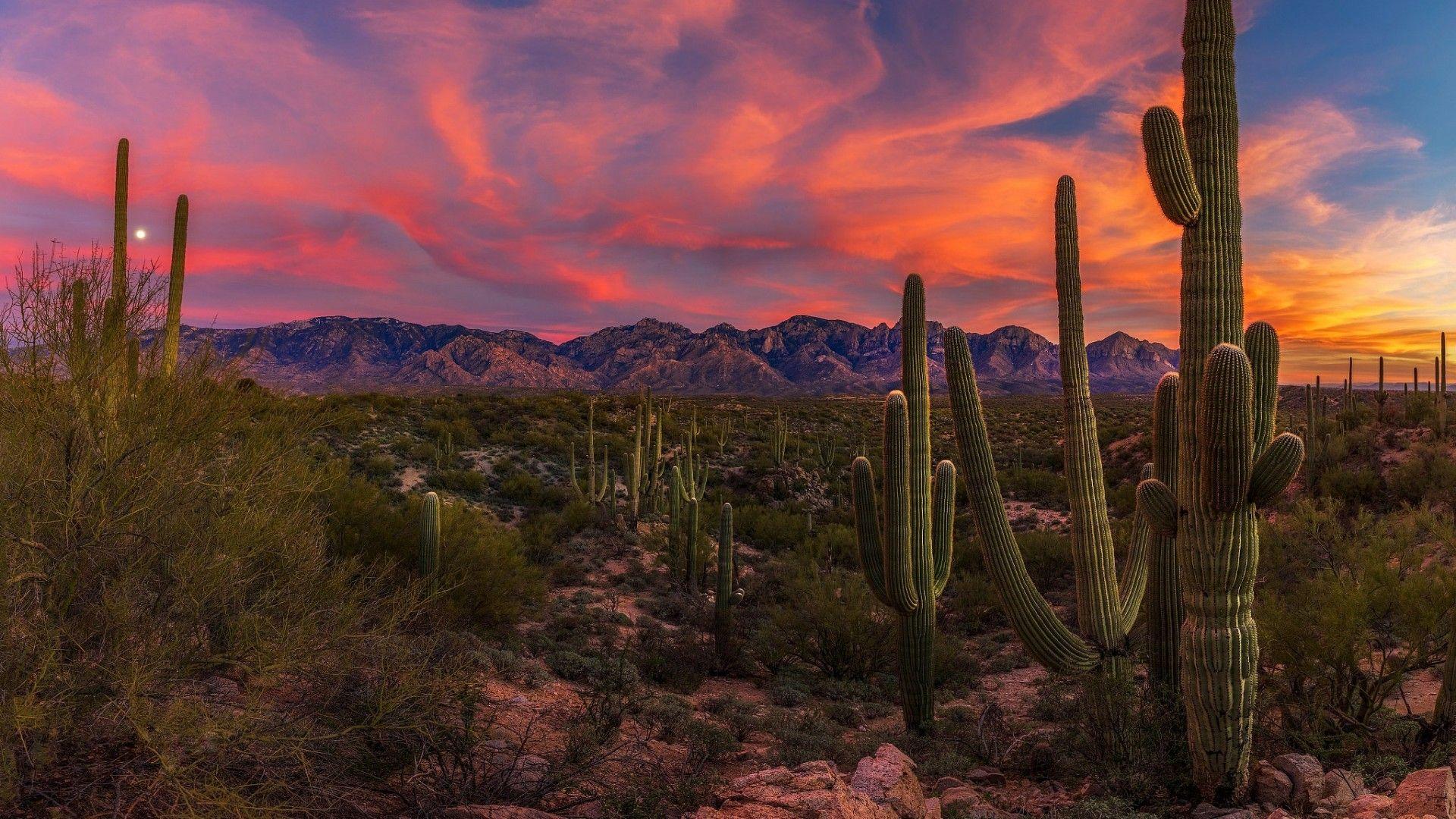

Be careful! The stems will also look shriveled if the plant is overwatered, but the soil will be damp. If the stem segments are shriveled and the soil is dry, it probably needs water. If it is not, wait! Do not let your Jungle Cactus go too long without water. The easiest way to gauge whether or not it is time to water is to stick your finger in the top 0.5 inches (1.2 cm) of soil. With the proper soil, however, watering is quite simple. Well-drained soil is critical for keeping the water from rotting the roots of the plant. You might also add some fertilizer to the new soil. This is when it will be ready to start growing again.

The best time to do this is shortly after your plant has finished blooming. Repot your Jungle Cacti every 2 or 3 years with a fresh potting mix. This will create very rich soil that may not be as effective in keeping the roots healthy. Keep in mind that the orchid bark will eventually break down into the soil. Additionally, the orchid bark tends to hold more moisture than perlite or gravel. The perlite helps create this by keeping the soil loose and "airy," as does the orchid bark. The most important aspect of the mixture is good drainage. Some good ingredients for creating a suitable potting mixture for Jungle Cacti include orchid bark, perlite, potting soil, peat, coir, pumice, and oak leaf mold. We want our soil to mimic these natural conditions for the best results. Those that grow in trees do so for support but do not sap nutrients from their host. It is important to note that there are no parasitic plants. These plants get their nutrients from the air, dead leaves, and other debris that may have been collected in crotches, cracks, or crevasses. Most Jungle Cacti are either epiphytic or lithophytic, meaning they grow in trees or on rocks. Now, when we associate "cactus" with one of these, it does not seem unusual that they would require different care when growing than the stereotypical image that comes to mind when we think about the family Cactaceae. These plants are all true cacti despite their lack of prominent spines and inability to withstand the harsh conditions of the desert. The most common of these are the Holiday Cacti: Easter Cactus ( Hatiora gaertneri), Thanksgiving Cactus ( Schlumbergera truncata), and Christmas Cactus ( Schlumbergera × buckleyi). Almost everyone has seen at least one representative from this group, even if they were unaware that the plant was actually a cactus. Jungle Cacti include those species in genera such as Acanthocereus, Disocactus, Epiphyllum, Hatiora, Hylocereus, Lepismium, Rhipsalis, Schlumbergera, Selenicereus, and perhaps a few others. Unlike their desert relatives, these plants do not resemble one another, and many do not have spines. Jungle Cacti are a group of cacti that grow in rainforests.


 0 kommentar(er)
0 kommentar(er)
